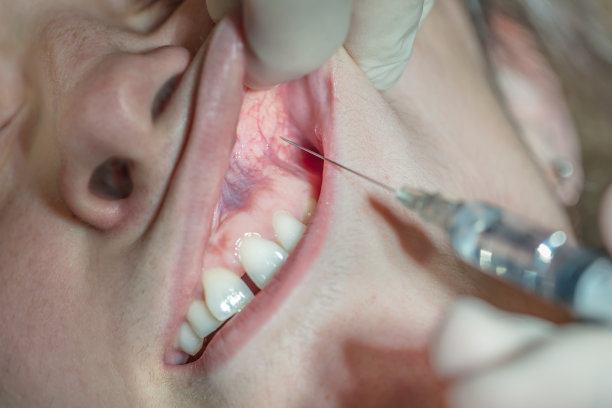Essential Guidelines to Ensure Safe and Effective Root Canal Treatment for Patients and Dental Professionals
Summary: Root canal treatment is a critical dental procedure that aims to save infected teeth while ensuring patient comfort and safety. This article outlines essential guidelines to help both patients and dental professionals navigate the complexities of the procedure. Key considerations include pre-treatment evaluations, maintaining a sterile environment, utilizing advanced techniques, and post-treatment care. Understanding these aspects can not only enhance the effectiveness of the treatment but also improve patient experiences and outcomes.
1. Importance of Pre-Treatment Evaluations

Before undergoing root canal treatment, thorough evaluations are essential to determine the best approach for each patient. This includes taking a comprehensive medical history and identifying any pre-existing dental issues. Such background information aids dental professionals in assessing the potential risks involved in the procedure.
Diagnostic tools like digital X-rays and cone beam computed tomography (CBCT) play a crucial role in evaluating the tooths condition. These tools help visualize the root canals in 3D, allowing for precise planning and minimizing complications during treatment. By employing advanced imaging techniques, clinicians can better understand the anatomy of the tooth and tailor their strategy accordingly.
Additionally, effective communication between the patient and dental professional is pivotal. Discussing what to expect during the treatment, addressing any fears, and clarifying the aftercare process helps set realistic expectations, ensuring that patients feel confident and prepared for their procedure.
2. Maintaining a Sterile Environment
The success of root canal treatment significantly relies on maintaining a sterile environment throughout the procedure. Dental professionals must adhere to stringent infection control protocols before, during, and after the treatment. This includes proper sterilization of instruments and the use of barrier techniques to minimize contamination.
Moreover, the use of rubber dam isolation enhances the sterility of the operative field. This technique not only isolates the affected tooth but also prevents saliva and other contaminants from entering the root canal system. By ensuring a clean environment, practitioners can significantly lower the risk of post-operative infections, which can jeopardize the treatment outcome.
Regular training on infection control measures is also vital for dental staff. This reinforces adherence to the best practices, keeping both patients and healthcare teams safe while enhancing the overall quality of care provided.
3. Utilizing Advanced Techniques and Technology
Advancements in dental technology have transformed the way root canal treatments are performed. Techniques such as nickel-titanium rotary instrumentation have revolutionized the cleaning and shaping processes of root canals. This technology enables faster and more efficient treatment while improving the precision of canal shaping.
Furthermore, the use of operating microscopes allows for enhanced visibility during the procedure. This increased magnification helps in accurately identifying complex canal systems, leading to more successful treatment outcomes. With more precise instrumentation, dental professionals can navigate challenging anatomical features with greater ease.
Lastly, implementing cone beam CT scans during treatment planning assists in minimizing clinical uncertainties. This imaging subfield contributes to more accurate procedures, which translates to higher success rates in root canal treatments.
4. Post-Treatment Care and Follow-Up
Post-treatment care is crucial for the success of root canal therapy, and educating patients about this aspect cannot be overstated. After the procedure, patients should be informed about potential discomfort and the proper use of medications to manage pain. Clear instructions on how to care for the treated tooth, including dietary considerations, should also be provided to ensure optimal healing.
Regular follow-up visits are essential for monitoring the healing process. These visits allow dental professionals to assess the success of the treatment and address any concerns that may arise. By establishing a consistent follow-up schedule, practitioners can detect potential complications early and implement further interventions if necessary.
In addition, patient education about signs of complications, such as prolonged pain or swelling, can lead to timely treatment. This collaboration between the patient and dental professional enhances the overall effectiveness of the root canal treatment.
Summary:
In summary, ensuring safe and effective root canal treatment involves a multifaceted approach that includes pre-treatment evaluations, maintaining sterility, utilizing advanced techniques, and rigorous post-treatment care. By adhering to these essential guidelines, both dental professionals and patients can contribute to the overall success and comfort of the procedure.
This article is compiled by Vickong Dental and the content is for reference only.



